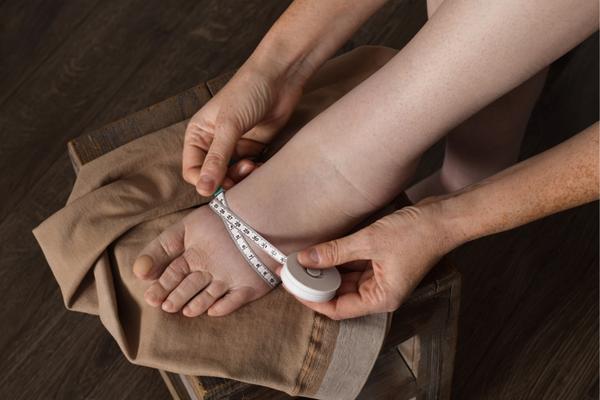Lymphedema Therapy and Wellness Center can help!
There is a wide range of time when a person can become symptomatic with lymphedema. Once there is an injury to the lymphatic system, symptoms can show within a few months, or could possibly take years.
Common symptoms are fullness or heaviness, tightness of the skin, or reduced flexibility in your affected arm/wrist/ foot, or ankle. There is a possibility that no symptoms appear and there is still a known risk of lymphedema occurring. There are different stages of Lymphedema, that depict the severity of the lymphatic fluid build-up.
These stages are numbered 0 through 3.
In Stage 0 (The Latency Stage), there is an injury to the lymphatic system, but the swelling is not noticeable or has yet to occur. The lymphatic system functions well, and fluid is circulating throughout the body. Early signs of stage 0 might be numbness, tingling, and fullness. This stage may exist for months or years before it becomes apparent.
In Stage 1 (The Mild Stage), pitting edema may occur. After pressing against the skin, a “dent” or “pit” will be left in the skin, confirming fluid buildup. Elevation may help alleviate symptoms.
In Stage II (The Moderate Stage), there is an uptick of swelling in the affected body parts. The tissue thickens and becomes harder, causing the tissue to become fibrotic. Infections are a common complication in this stage of lymphedema.
In Stage III (The Severe Stage), the increased swelling causes the affected limb to increase in size and makes it very difficult to move. Lymphorrea may occur when the skin breaks and lymphatic fluid leaks out. There is also no pitting, as the skin hardens and fat deposits and growths form on the skin. The risk of infection heightens, and other medical conditions can occur.

